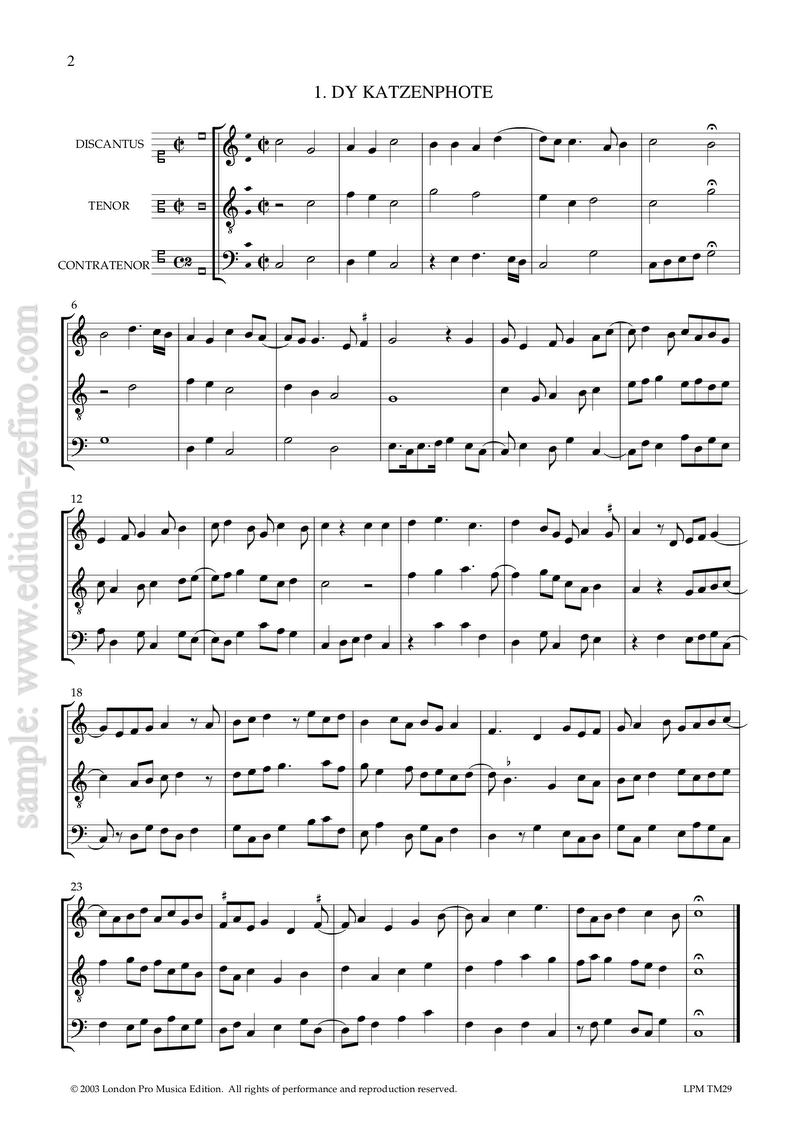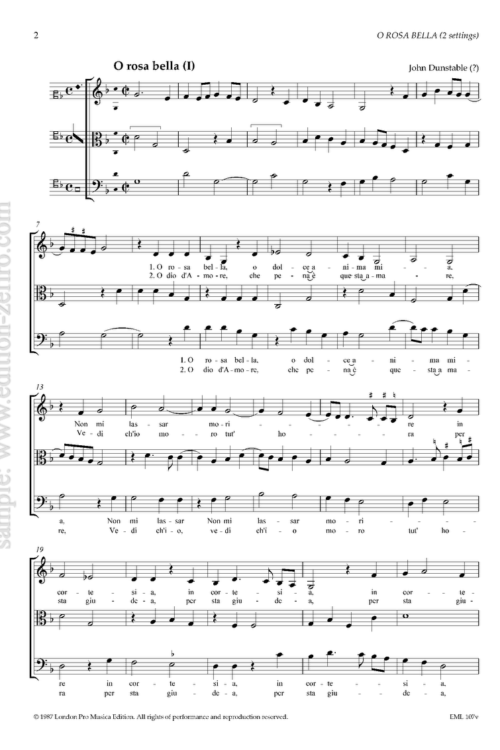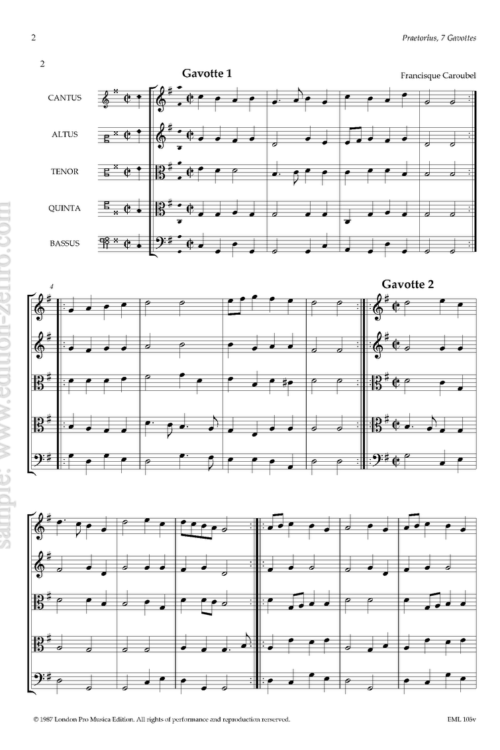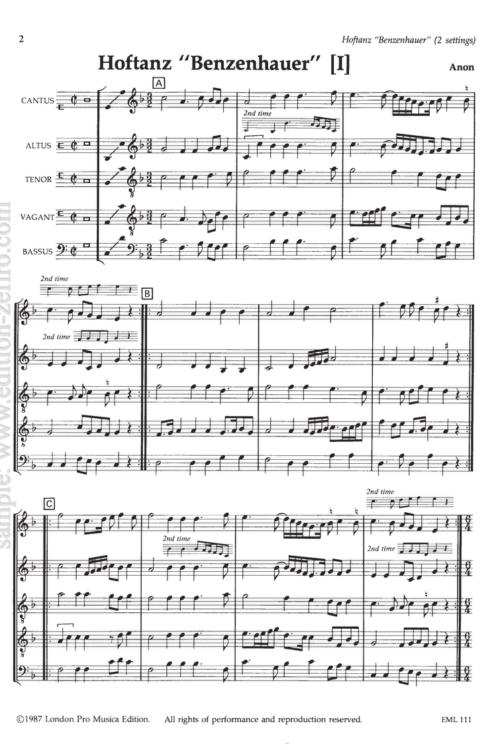These are mostly lively pieces with a great deal of rhythmic vitality, though not all are as eccentric as the notorious Dy Katzenphote.
Extract from the introductory text:
The Glogauer Liederbuch (GL), now unfortunately lost, but surviving in photographic form in the Deutsche Staatsbibliothek in Berlin, was a large set of partbooks written between 1470 and 1488, containing in all some 294 pieces; it is now available in facsimile in the series Renaissance Music in Facsimile (Garland, New York). Glogau (Glogow) is a town in Silesia (now Poland) not far from Breslau (Wroclaw).
Mixed in with the predominantly vocal repertoire in GL are a few pieces apparently intended purely for instruments, such as the seven printed here. Many of these have titles such as Dy katzenphote (“the cat’s paw”), that refer to animals, or at least parts of them, or are fancifully descriptive in some other way. It would be nice to be able to associate these titles with a particular style of writing, with a specific instrumental genre, but unfortu- nately it is not really possible to do so: some of the pieces are complicated rhythmically in the way that Dy katzenphote is, but others are more straightforward and dance-like, for example Der newe pawir schwantz. Moreover, these strange titles are sometimes applied to French songs supplied with sacred texts…






